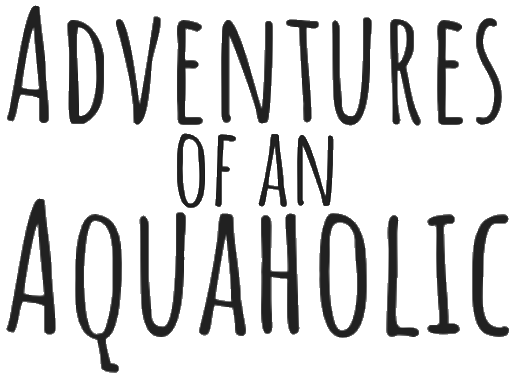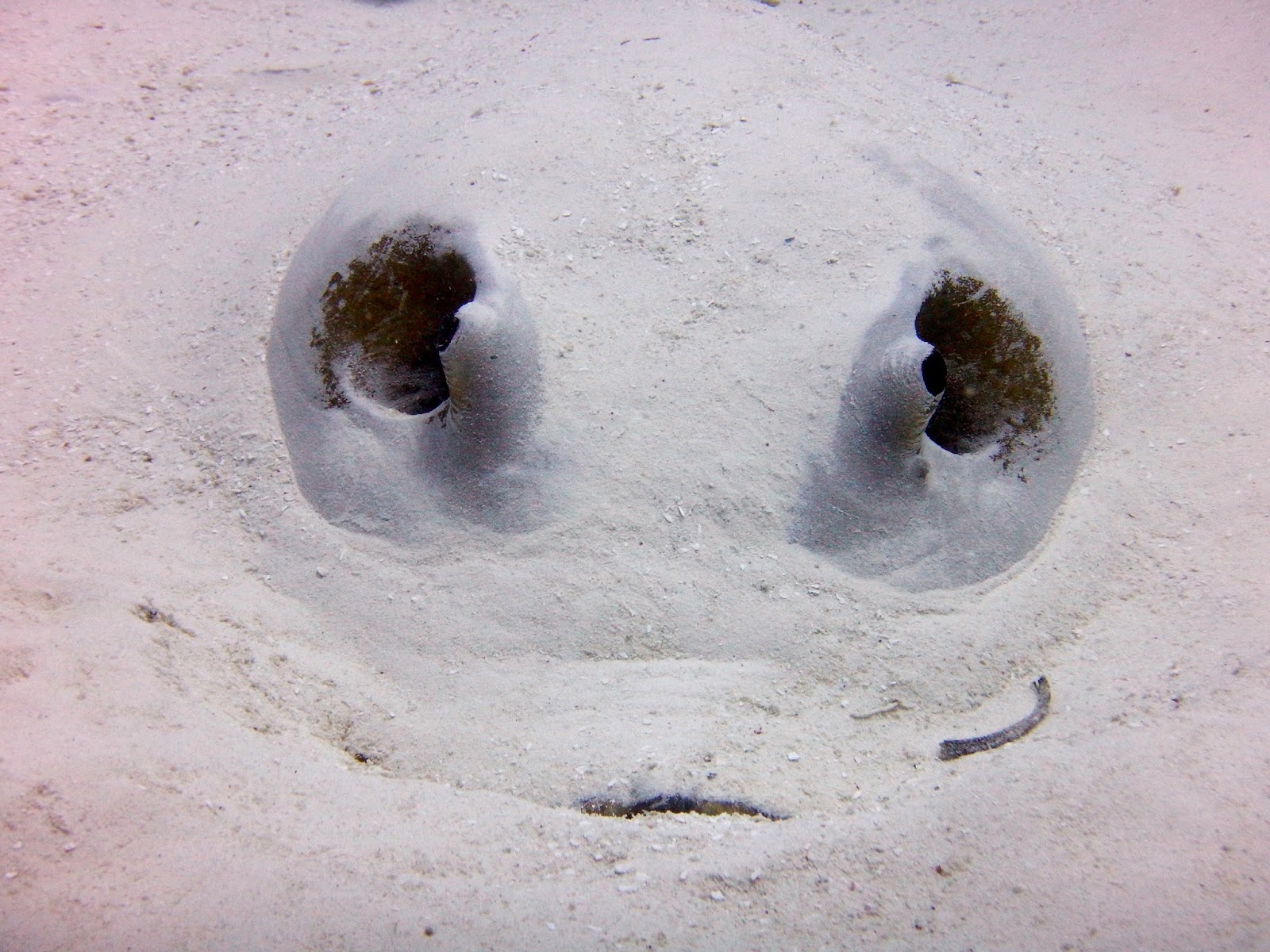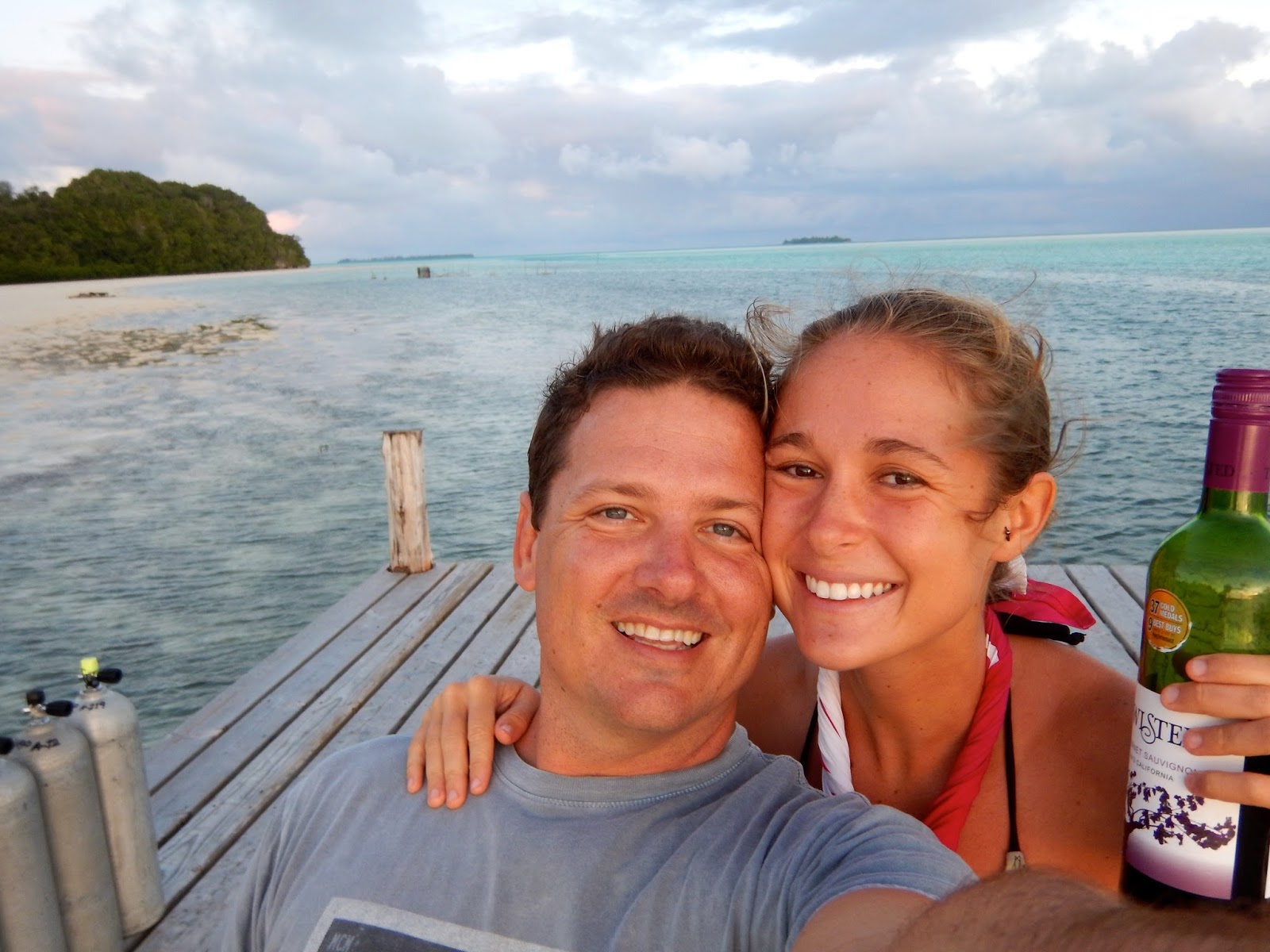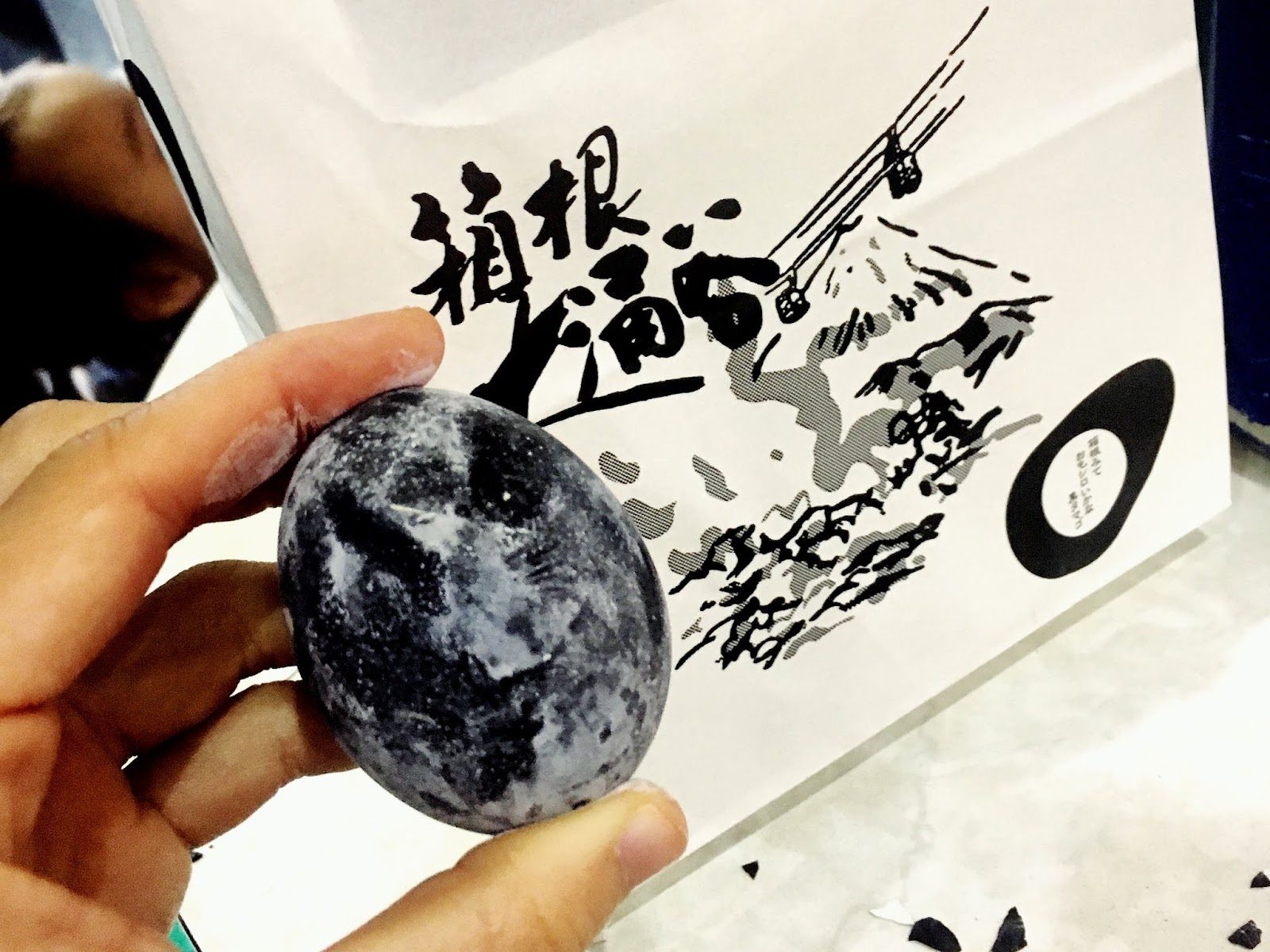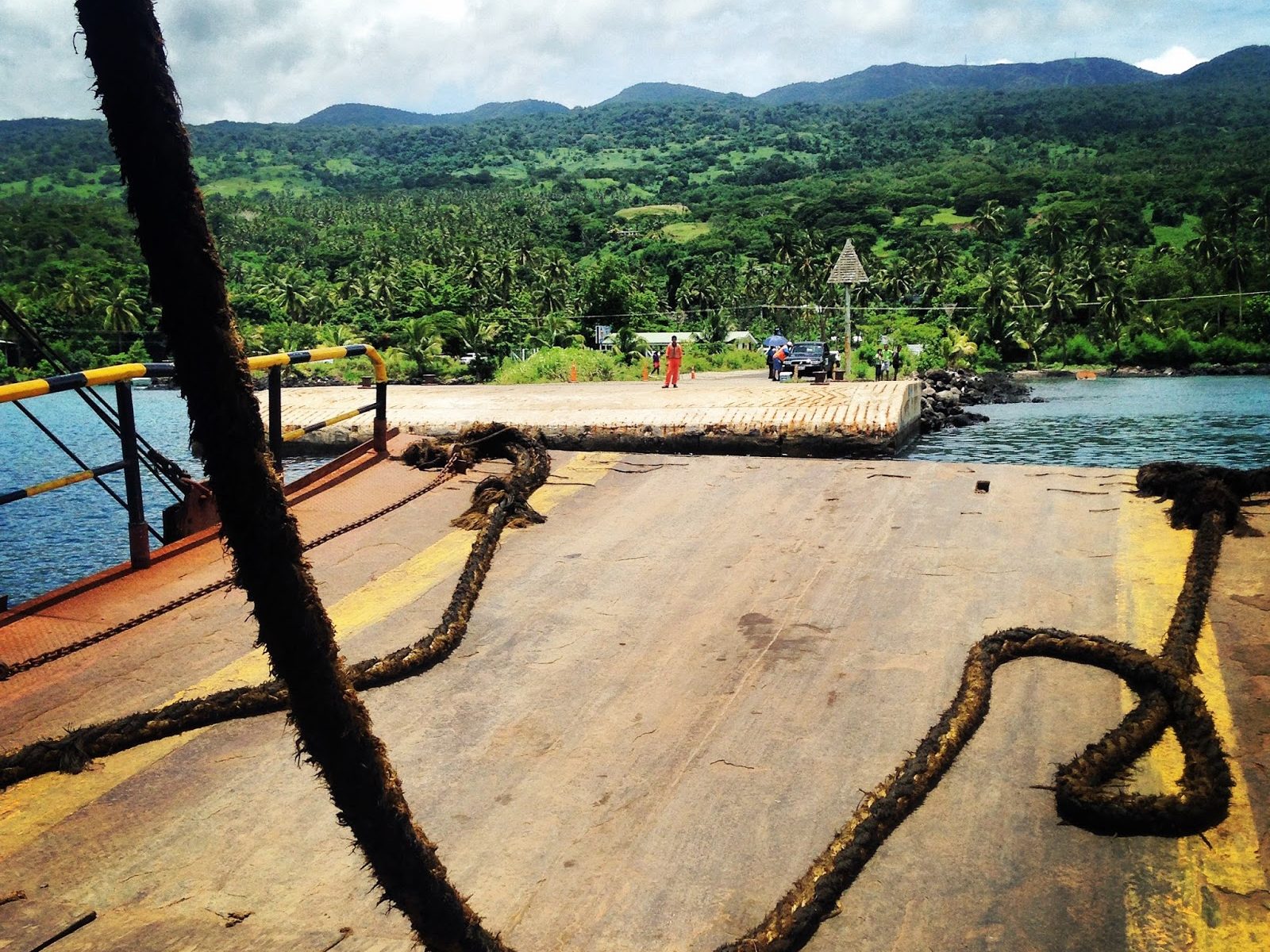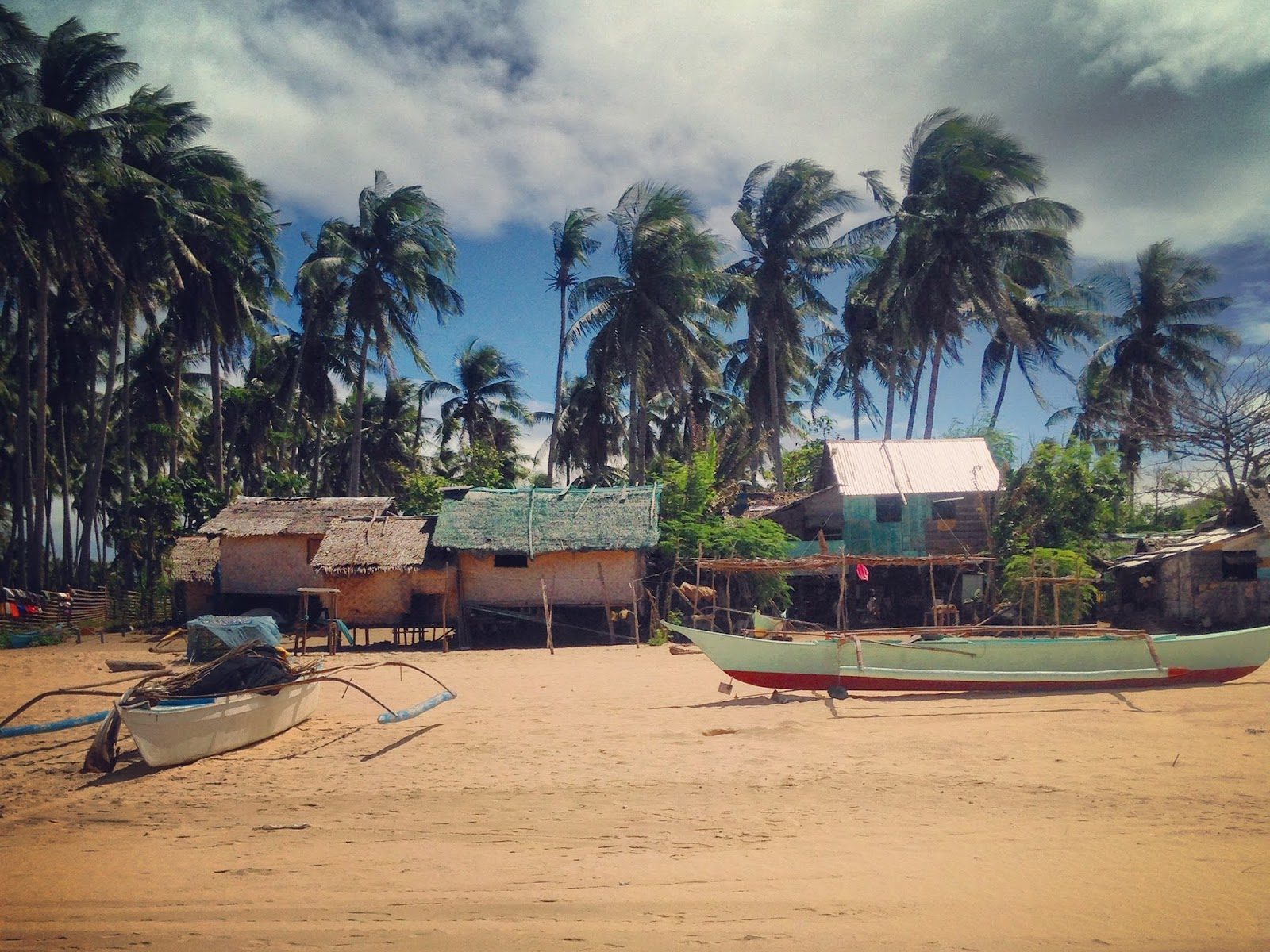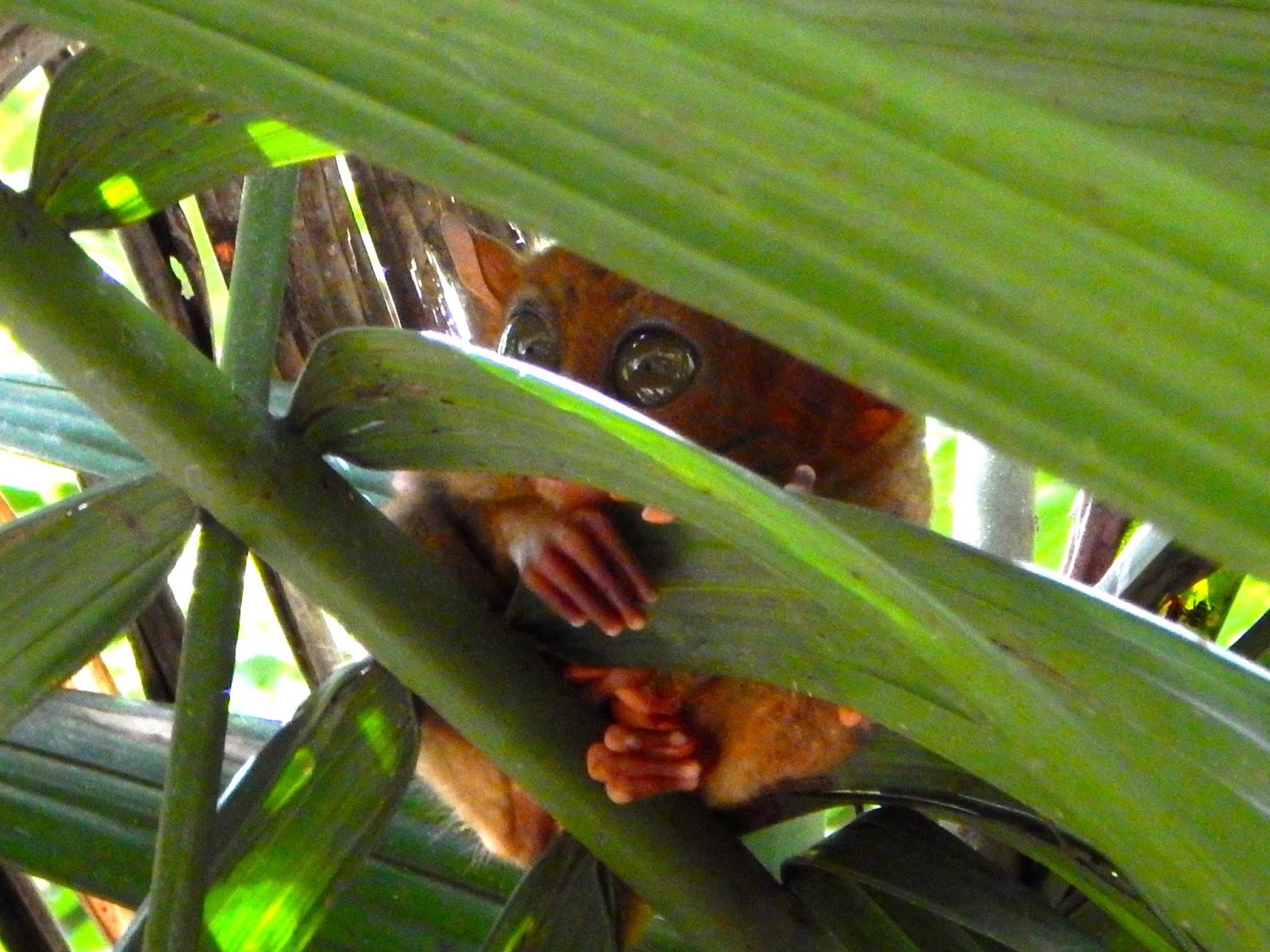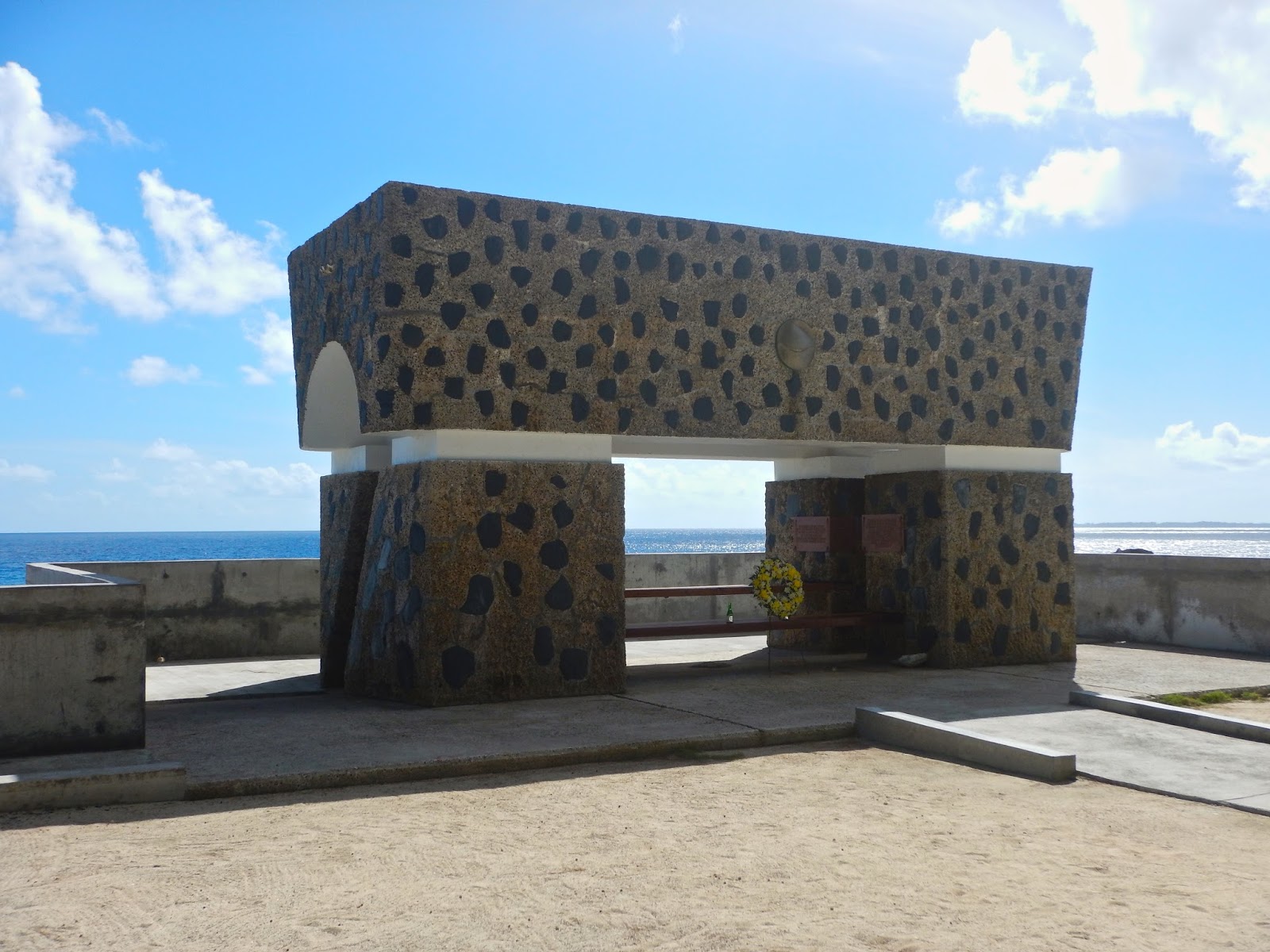
This post is dedicated to my Great Uncle who was stationed in Peleliu during World War II. The second assignment of the first marine division hit Peleliu on June 2, 1944. Not being allowed to reveal their location, my uncle wrote a letter home spelling out the first letter of each paragraph with the letters P-A-L-A-U. During the battle, he was shot by a round of artillery, and laid unconscious all night on the beach. The platoon sergeant recognized him and tried to drag him to safety. A sniper hiding in a tree shot two rounds, hitting my uncle in the hip. The marines shot the sniper, leaving him dangling in the tree. My uncle received a purple heart.
This post is also dedicated to my grandpa, who I suspect was stationed here as well. He never talked much about the time he served, and for years my dad and aunt (his kids) thought he had fought in Vietnam. It wasn’t until shortly before he died that he told us he had served in World War II. The one story he told me over and over as a little girl went something like this: He was on a beautiful white sand beach with some of the other guys, and they were all diving down in the crystal blue water trying to touch the bottom. Each of the other guys tried in turn and failed. When it was my grandpa’s turn he swam down as far as he could into darkness, he kept swimming and swimming until finally his fingers closed around a handful of sand which he brought back to the surface as proof. He received a good cheer. It’s a simple little story, but one I heard many times. I can also imagine that it was the only happy story out of countless tragic tales. And if he was stationed on an island during the war, then there’s a very good chance it was this one.
My bucket list for leaving Palau was very short. 1. See Palau from the air. 2. Visit Peleliu. I already shared with you how the flight turned out, absolutely stunning. So all that was left was to see if Sam’s Dive Tours would be able to squeeze two locals onto one of their Peleliu Land Tour boats. I was dreading that phone call. If you want to use a local discount at Sam’s, they can’t confirm a spot for you until 5PM the night before, and if someone signs up late then you get bumped. Their boats are always full, so forget trying to get two locals on a boat.
We were having dinner at Kramer’s, pretty much the only restaurant with good food on the island, when Sam himself came up to say hello to us. Sam is an awesome guy, completely chill and happy all the time. He and Fletch got to chatting and it came out in conversation that we really wanted to see Peleliu before leaving Palau. Sam said he would see what he could do. I figured he was going to confirm us a couple of spots on a tour boat. How cool of him!
But Sam went above and beyond for us; he organized to take us overnight on his own boat and show us around. Oh what fun! I was bouncing up on down with excitement when Tuesday morning came along and we loaded the cooler and our backpacks into the car and headed over to Sam’s. His niece Trina got the time off of work and so the four of us drove south, drinking beers, under a perfect blue sky.
An hour and a half boat ride later, we pulled up to the north dock in Peleliu where we were greeted by a friend of Sam, driving a pickup truck. We loaded into the back for the short drive through a nice little island neighborhood with simple houses and convenience stores and pretty lawns. Already the vibe was more island-like. There was almost no one around, but the few people out and about didn’t seem to have a care or worry in the world. Such a refreshing switch from the city-feel of Koror.
We drove up to an old church converted into four basic hotel rooms. We were the only ones staying there. The rooms were simple and clean and perfectly comfortable. After dropping off any excess gear, we loaded a cooler full of beer and lunch into the back of a very small minivan that Sam’s friend let us borrow and started driving down the road.
| Peleliu Adventures Hotel, Palau |
As soon as we left the small residential area with the cute little houses and nicely manicured lawns, it became very apparent that that was the extent of civilization on Peleliu. The rest of the five-square mile island was nothing but jungle and various dirt roads zig zagging every which way across it. Because of the thick jungle around us in every direction, there was almost no point of reference for where we were at at any given time. Sam admitted he’d never been on Peleliu without getting lost at least a couple of times.
Our first stop was the Peleliu museum, which was the first and last business located outside of town. The museum was housed inside an old hangar with the bomb holes made into windows. Sam poked his head inside to ask the lone guy working there if we could walk around. He asked to see our Peleliu permits. We said we didn’t have any. He shrugged his shoulders and waved us in anyway.
| Peleliu War Museum |
The museum was filled with scrapbooks of old newspaper clippings. I started looking through some, wondering if I might find any mention of family names, only to realize it would take all day to go through everything. So Fletch an I gave ourselves an abbreviated tour around the small area filled with old scrap metal, uniforms, and countless newspaper clippings. One wall was dedicated to graphic battle depictions drawn by an artist with equally vivid descriptions. A somber silence engulfed the room.
We exited the building and left 1944 behind, and walked back outside where the sun was shining and everything was green and full of life. Sam and Trina were chilling by the van helping themselves to betel nut. Everything was quiet and relaxed. We piled back into the little van and started our exploration through the maze of dirt roads. Each led to some war relic or monument or memorial or just another beach.
| Left to right: Fletch, Lexi, Sam, Trina. |
| USA memorial, grown in purple leaves. |
| Fletch and I at South Dock, Peleliu. |
| War Memorial |
 |
| “I will write peace on your wings and you will fly all over the world.” – Sadako Sasaki |
| On an unrelated note, much of the scenery in the movie Avatar was inspired by James Cameron’s visit to Palau. Might this be the banyan tree that inspired the Tree of Souls? |
| Between admiring the paper cranes and hugging some lovely trees, Peleliu is a very peaceful place to be today. |
| Old bunker with 1000 more paper cranes hanging in the entrance. |
| Inside of the above bunker. |
Around late afternoon we found our way to the swimming hole. One of the many zig-zagged dirt roads led us to a clearing in the midst of the jungle, in the center of which was a large hole in the ground filled with ocean water like the cenotes in Mexico. We opened up the cooler and made ourselves some sandwiches and sat around the edge of the hole whilst we ate, contemplating whether or not it would be cold now that the sun was hidden by the jungle.
| Peleliu Swimming Hole |
But cold or not, you can’t just sit around a swimming hole without jumping in! Fletch led the way, I followed, and before long Trina and Sam came splashing in as well. We dove to the bottom in search for bottles, which stirred up a stinky sulfur-smelling layer that sent as all scampering back up the ladder before too long.
| Eating lunch around the swimming hole. |
After a couple of wrong turns we found our way back into town and started looking for some of the local limes. The convenience stores were all just little rooms on the front or sides of peoples’ houses that sold a few bags of chips and a cooler of drinks and some random toiletries or other miscellaneous items. The first store didn’t have any. The second lady was about to turn Sam away as well and then gave him a handful of limes from her own personal supply without charging him anything. Unfortunately those were still the wrong limes and so we continued the search. The next little store had one lime, but the owner said that someone would go and get more and deliver them to us. So Sam told them where we were staying and an hour later a bag full of local limes was delivered. That’s the way business runs on the sleepy little island of Peleliu.
 |
| Pretty bird that one of the little shop owners kept as a pet. |
For dinner that night we went to a place that we had already made previous arrangements with. There was no menu, just a set meal made out of whatever was available. I requested no meat and everyone else said that sounded fine too. The food was good and fresh. We were served seafood curry, fish, tapioca root, and rice. We had good food, good wine, and good company. The evening passed much too quickly and I found myself wishing we could stay on this beautiful, tranquil island for much longer than the one night we had scheduled.
The next morning we woke up early to finish our tour of the island. We stumbled across more relics, more monuments, more memorials. All the wile we never met another person on the roads and it seemed as though we were the only ones on the island.
In the middle of the jungle we happened upon a local’s humble home, who wanted to charge us $10 apiece to show us his “museum” and an old tank on his property. Sam assured us that it was well worth it, so we handed over the money and the old man led us into his home, to the back which was completely black and without windows. The man had a flashlight and the rest of us turned on our cell phone lights, and shone them over a large cement floor covered in various scrap metal that the man had collected over the years.
Then he brought us back outside, along a short hike through the jungle, until there in front of us was a massive tank, tilted on its side that had been blown up by a bomb. 70 years later it was still in remarkable shape. The man pointed to the massive ridge of earth hidden by the jungle cover and offered to give us a tour of some of the caves. We apologized and said we didn’t have the time.
| Manuel leading us through the jungle. |
| Tank |
This ridge I just mentioned is filled with interlinking cave systems built by the Japanese during the war. One of the bunkers we went into had a horizontally long, narrow space in the earth towards the back. At first glance it would appear that a little bit of earth had collapsed. Upon closer inspection though, it was an entrance to a tunnel, descending eerily deep down into the ground with no light to speak of.
The final stop on our tour was a hike up to the viewpoint of Bloody Nose Ridge. We hiked up multiple stairs leading to the top, the very highest point on Peleliu. At the top a nice deck was built with a stone monument. The view looked over the entire island and mostly the beach where the bloodiest battle during the war was fought, the place where 11,000 Japanese and over 3,000 American soldiers were killed. All over an airstrip. And yet at that moment it was one of the most peaceful places in the world.
 |
| Monument at the top of Bloody Nose Ridge |
| View from the top of Bloody Noses Ridge |
